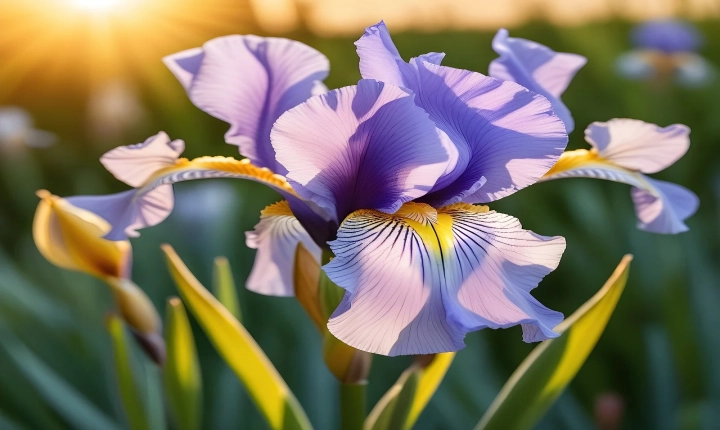AI in Photoshop: The Evolution of Creative Tool
Adobe Photoshop has long been a staple for photographers, artists, and designers seeking to manipulate images, enhance photographs, and create stunning visual effects. In recent years, the integration of artificial intelligence (AI) into Photoshop has transformed the way users interact with the software, ushering in a new era of creative possibilities.
One of the most significant advancements in AI within Photoshop is the introduction of features like Content-Aware Fill and Content-Aware Scaling. These tools utilize machine learning algorithms to intelligently identify and fill in missing or distorted areas of an image, allowing users to seamlessly retouch photographs and compositions. It has made complex editing tasks faster and more intuitive, empowering users to achieve professional-looking results with minimal effort.
Another notable application of AI in Photoshop is the Sensei technology, which powers features such as automatic colorization, subject selection, and facial recognition. By leveraging AI capabilities, the software can analyze image content and context to automate repetitive tasks, thereby streamlining the creative process and freeing up time for artistic experimentation and refinement.
Additionally, Adobe has integrated AI-driven features like Neural Filters, which enable users to apply sophisticated image adjustments, such as changing facial expressions, adjusting lighting conditions, and transforming scenery, using advanced machine learning models. This not only enhances creative flexibility but also provides a glimpse into the future potential of AI-powered image manipulation.
Furthermore, the use of AI in Photoshop has extended to the realm of automation and optimization, with the introduction of features like Auto Tone and Auto Color that leverage machine learning to intelligently adjust image tones and colors for optimal results. By analyzing image data and applying complex algorithms, these tools can enhance the overall quality of the final output, allowing users to achieve professional-grade results with minimal manual intervention.
Beyond these specific features, the integration of AI in Photoshop has opened up new avenues for creativity, enabling users to explore innovative techniques and experiment with unconventional artistic styles. Additionally, it has facilitated the democratization of digital art, making it more accessible to a broader audience and enabling individuals with varying levels of expertise to produce compelling visual content.
However, it’s important to note that the integration of AI in Photoshop also raises questions about ethics, authenticity, and the potential misuse of advanced image manipulation tools. As AI continues to evolve within creative software, it becomes crucial for users to be mindful of the ethical considerations surrounding the use of AI-generated content and to uphold the integrity of visual storytelling and representation.
In conclusion, the incorporation of AI in Photoshop represents a significant leap forward in the evolution of creative tools, offering users a wide array of powerful features and capabilities that harness the potential of machine learning and advanced algorithms. By leveraging AI, Photoshop has transformed into a dynamic platform that empowers users to push the boundaries of digital creativity, expand their artistic horizons, and elevate the quality of their visual work. As AI continues to advance, the future of Photoshop and digital art promises to be even more fascinating and thrilling.
